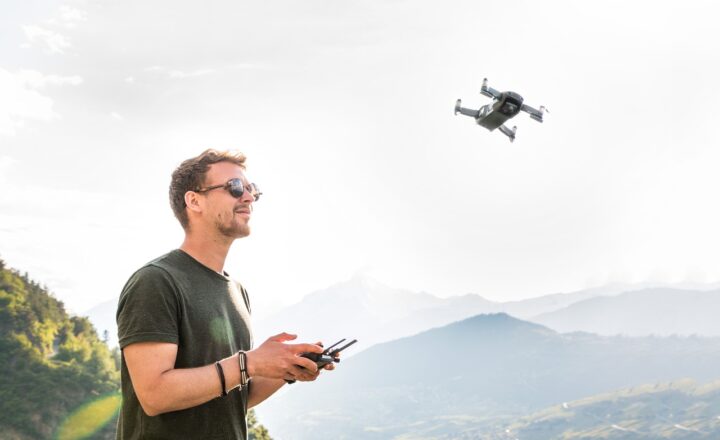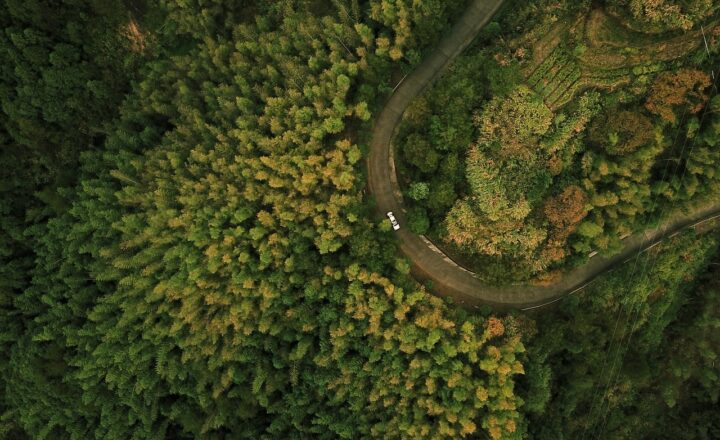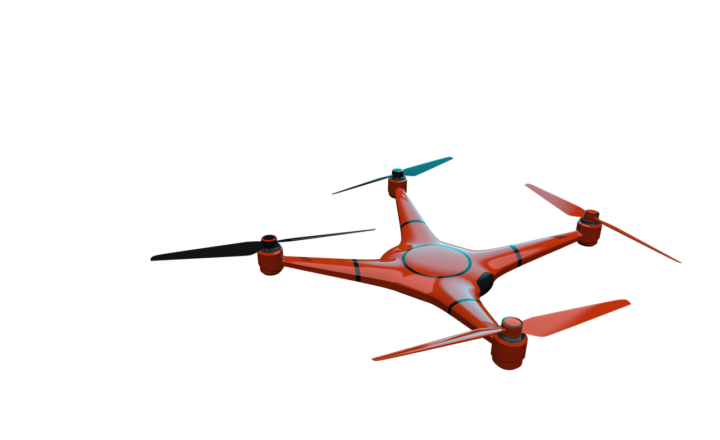Why Quadcopters Are More Than Just a Hobby: How Drones Are Revolutionizing Filmmaking and Photography
November 14, 2024

In recent years, quadcopters—commonly known as drones—have transitioned from niche gadgets used primarily by hobbyists to powerful tools that are revolutionizing the worlds of filmmaking and photography. With their unique ability to capture stunning aerial shots, quadcopters have become a game-changer for visual storytellers and creatives. This article delves into how drones are enhancing the quality of visual media, the benefits they bring to filmmakers and photographers, and how they are shaping the future of the industry.
1. The Aerial Advantage: Unique Perspectives
One of the most significant advantages of using quadcopters in filmmaking and photography is their ability to capture breathtaking aerial views that traditional cameras cannot easily attain. Drones can fly at varying altitudes and angles, allowing operators to achieve creative shots that simply weren’t possible before.
– Bird’s Eye View: Aerial perspectives help convey the scale of an environment or emphasize particular elements within a scene.
– Dynamic Movement: Drones can move smoothly through the air, creating sweeping shots that enhance storytelling.
– Accessibility: Drones provide filmmakers access to remote areas without the need for extensive equipment and crew, reducing both cost and time.
With these capabilities, filmmakers and photographers are propelled into a new realm of storytelling, offering audiences fresh perspectives that captivate and engage.
2. Enhanced Creativity: Pushing Creative Boundaries
Quadcopters allow creatives to push the limits of their craft. They empower photographers and filmmakers to innovate and experiment with techniques that previously required cranes, jibs, or even helicopters—something that was often prohibitively expensive. Here are a few ways drones spur creativity:
– Smooth Tracking Shots: Drones can follow subjects from behind or above, allowing directors to create dynamic movement without sacrificing quality.
– Unique Angles: Capturing scenes from unexpected angles can transform mundane shots into extraordinary visuals that tell a richer story.
– Integration with Technology: Modern drones incorporate cutting-edge technology such as GPS, stabilization systems, and high-quality cameras, enabling creators to focus purely on their artistic vision without getting bogged down by technical limitations.
With the versatility drones offer, creators are finding new avenues for self-expression, significantly enriching the visual experience.
3. Accessibility and Affordability: Breaking Down Barriers
The rise of quadcopters in the photography and filmmaking industries has coincided with a significant drop in both their price and complexity. Today, a wide range of consumer drones are available that provide exceptional quality at accessible price points. This affordability democratizes aerial filmmaking, allowing:
– Independent Filmmakers: They can achieve high production values without the need for large budgets or extensive resources.
– Amateur Photographers: Hobbyists can elevate their skills and break into new projects without an expensive investment.
– School Programs: Educational institutions can now acquire drones for film and photography classes, teaching students valuable skills and encouraging creativity in technology applications.
As affordability becomes increasingly standardized, the door opens further for new talent and visions to emerge in the film and photography landscape.
4. Regulatory Framework: Navigating the Skies
As drones have gained popularity, regulatory bodies have introduced rules to ensure safety in the skies. Filmmakers and photographers must navigate these laws to operate legally. Here’s what they need to consider:
– Registration: Drones above a specific weight require registration with aviation authorities in many countries. Filmmakers need to comply to avoid penalties.
– Specific Flight Zones: Filming in populated areas or near airports often requires special permissions to ensure public safety.
– Licensing Requirements: Professional filmmakers using drones for commercial purposes may need to attain specific licenses demonstrating their understanding of the laws and safe operating procedures.
Understanding the regulatory landscape is essential for utilizing drones professionally and responsibly, allowing creatives to focus on their craft while adhering to necessary legalities.
5. Case Studies: Drones in Action
Consider how drones are being utilized in real-world projects:
– Documentaries: Filmmakers use drones to capture sweeping wildlife footage, contributing to engaging narratives around environmental issues.
– Real Estate: Real estate agents employ drones to showcase properties from stunning aerial views, attracting buyers by highlighting property features and landscapes.
– Weddings: Photographers employ drones to capture unique moments of ceremonies, adding special memories to wedding albums.
With such diverse applications, it’s evident that quadcopters are more than just a hobby; they are powerful instruments that can elevate visual narratives across various sectors.
Conclusion: The Future of Aerial Creativity
Quadcopters have undeniably transformed the landscape of photography and filmmaking. With their combination of accessibility, affordability, and unique creative capabilities, drones are poised to play an even larger role in the visual storytelling industry in the coming years. As technology continues to evolve, we can only anticipate the exciting innovations and possibilities that await.
For aspiring filmmakers and photographers keen to take their craft to new heights, investing in a quadcopter might just be the key to unlocking a world of creative potential. Embrace this exhilarating technology today, and you may find yourself capturing stories that transcend traditional boundaries.







